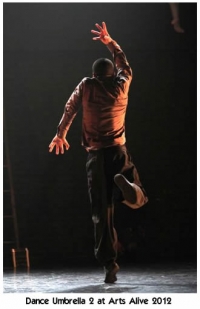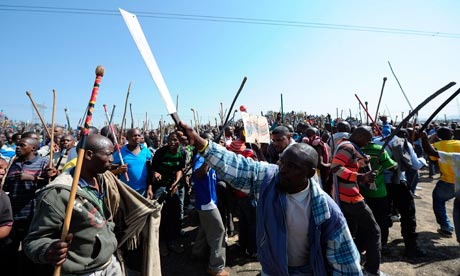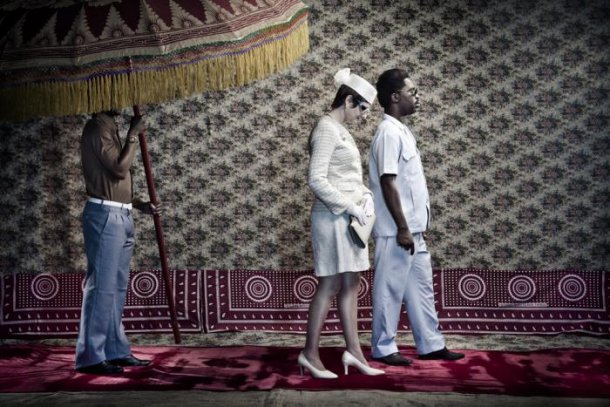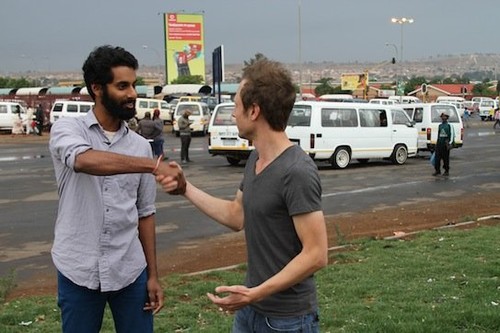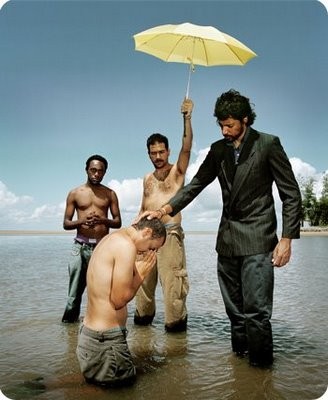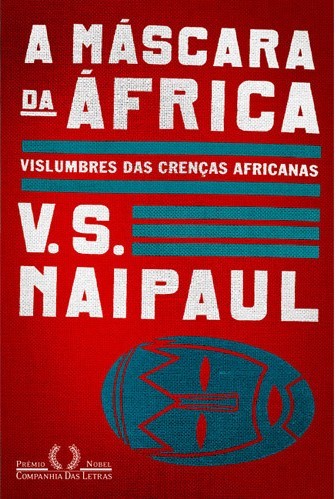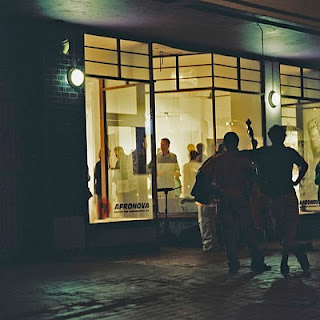
Decorre até ao próximo dia 16 de Outubro o prazo de inscrição para participar no Workshop “Recicla a cidade, abordagem à sustentabilidade e a arquitectura”, organizado pela EUNIC South Africa, e cuja 4º Edição vai ter lugar em Johannesburg entre os dias 21 e 26 de Novembro do corrente ano.
O programa de 2011 será baseado num novo caso de estudo sobre um edifício de Hillbrow (Joanesburgo), em que, participantes de diferentes nacionalidades estudarão juntos as possibilidades de transformação e melhora de dito edifício no marco de um programa internacional de intercâmbio.
O centro da cidade de Johannesburg e em Hillbrow, possui história e uma complexa configuração. Está composta de um moderno património de grande edifícios de características de interesse arquitectónico. No passado estes edifícios eram residências de uma camada próspera da população, hoje estes edifícios são o abrigo de uma camada da população em dificuldades, sendo a maior parte imigrantes.
O objectivo é de propor transformações para estes prédios, para que se convertam em casas decentes e ao alcance do maior número possível de pessoas. É o reciclar urbano, transformando as situações existentes e usando as mesmas como ponto de partida para qualquer projecto. Trabalhar num edifico ocupado é complicado, mas ao mesmo tempo é uma oportunidade, um desafio arquitectónico.
Baseado no princípio da precisão, uma investigação será efectuada das situações existentes, isto tornará possível a avaliação das acções a serem tomadas.
O trabalho resultante do workshop será exposto em Durban na conferência das Nações Unidas sobre mudanças climáticas (COP 17).
Entre os convidados internacionais destacam nomes como:
- Iain Low / arquitecto / South Africa
- Carin Smuts / arquitecto / South Africa
- Frans Sebothoma / building management / South Africa
- Frédéric Druot / arquitecto / France
- Françis Kere / arquitecto / Germany / Burkina Fasso
- Alex Ely / arquitecto / England
- Christophe Hutin / arquitecto / France
Mais informações no website da EUNIC e um atalho para o relatório do curador da última edição aqui.

